10+ Of The Largest Trees On Earth That You Won’t Believe Exist
Nature holds more grandeur and mystery than you often imagine. Sometimes, it’s worth slowing down to observe the landscapes around you or taking a few days to visit a distant place and immerse yourself in nature.
You might suddenly encounter things that seemingly only exist in novels but are standing tall right before your eyes. Some trees on Earth are so vast that you can hardly believe they’re real. These trees stand like living monuments to time and resilience.
1. El Arbol del Tule
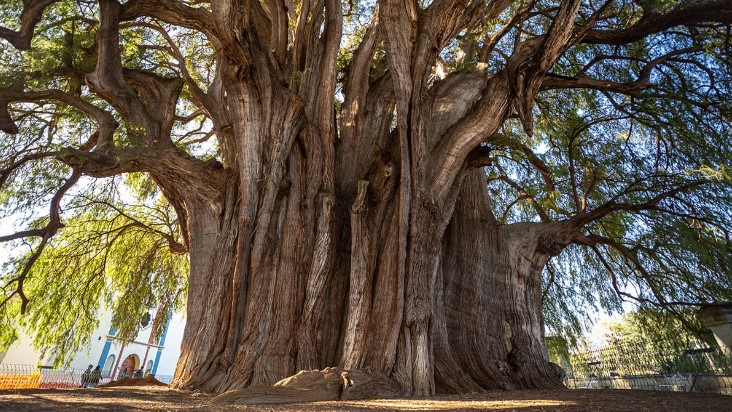
Nestled in the heart of Santa María del Tule in Oaxaca, Mexic, El Arbol del Tule is a tree of extraordinary proportions. This ancient giant, located within the church grounds of the town center, has garnered worldwide attention and was even considered for UNESCO World Heritage status in 2001.
In 2005, the tree’s trunk measured 42 m around, with a diameter of 14 m, showing growth from 1982. Its smoothed-out diameter is 9.38 meters. The tree’s height is hard to measure due to its wide crown, but it was recorded as 35.4 m in 2005 using laser technology.
People thought the tree was multiple trees, but DNA tests proved it’s just one tree. The tree’s age is estimated between 1,200 and 3,000 years, with some claims as old as 6,000 years. Scientists think it’s around 1,433–1,600 years old based on how fast it grows.
Local Zapotec legend says it was planted about 1,400 years ago by Pechocha, a priest of the Aztec wind god Ehecatl, which matches up with the scientific estimate. Its location on a sacred site, later claimed by the Roman Catholic Church, adds to its mystery.
2. Hundred Horse Chestnut
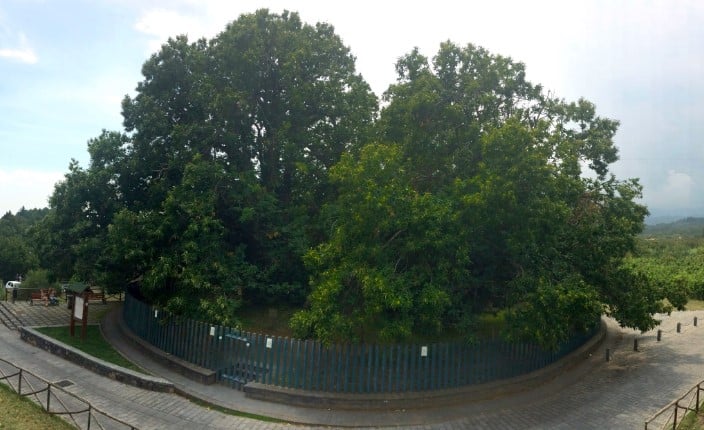
On Linguaglossa road in Sant’Alfio, Sicily, stands the Chestnut of the Hundred Horses, believed to be 2,000 to 4,000 years old. It’s famous for its enormous size, with Guinness World Records recognizing it for having the “Greatest Tree Girth Ever” back in 1780, measuring 57.9 m (190 feet) in circumference.
Although the tree has split into multiple trunks above ground, they still share the same roots below. An early 1895 image with a man next to the tree for perspective, shows it was closer to 10 m in diameter at breast height, rather than the claimed 18.5 m in diameter at breast height.
The earliest records of the Chestnut of the Hundred Horses date back to the sixteenth century. Antonio Filoteo mentioned it in 1611, and in 1636, Pietro Carrera described it as a tree so massive “… capable of accommodating thirty horses inside”.
3. The General Sherman Tree
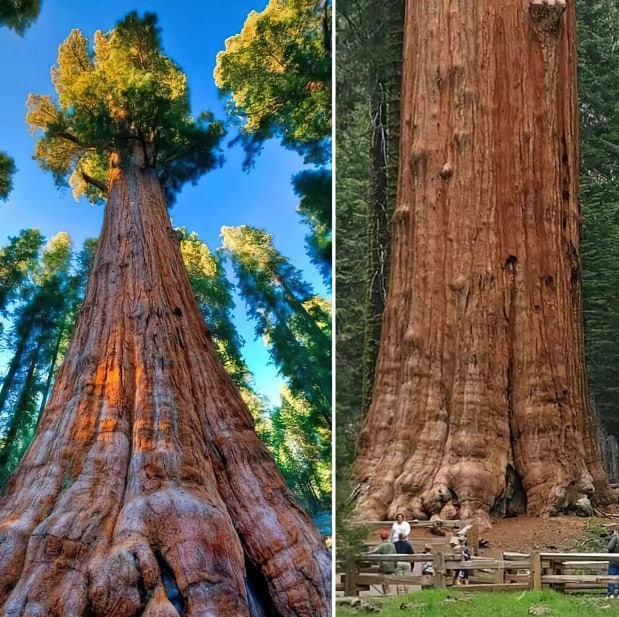
The General Sherman Tree stands tall in Sequoia National Park, towering over its surroundings. It’s one of the tallest, widest, and oldest trees in the world, reaching 275 feet in height, with a diameter of 25 feet, and estimated to be around 2,300 to 2,700 years old. This incredible tree, located in the Giant Forest Grove, covers over 2.7 acres, providing a home for many plants and animals.
What makes the General Sherman Tree truly special is its incredible endurance over thousands of years. Giant sequoias, like the General Sherman, are some of the longest-living organisms on Earth. Sadly, they’re now threatened by climate change.
As the largest living thing on our planet, the General Sherman serves as a symbol of nature’s strength and resilience. Its name honors a Civil War general, chosen to reflect its remarkable size and lasting power.
4. General Grant tree

The General Grant tree is the second largest giant sequoia in the world after the General Sherman tree. While once believed to be over 2,000 years old, recent estimates suggest it’s around 1,650 years old. Standing at 81.5 meters tall with a diameter of 8.8 meters, it’s an impressive sight.
Named after Ulysses S. Grant in 1867, who was a Union Army general and the 18th President of the United States, it became known as the “Nation’s Christmas Tree” in 1926 by President Calvin Coolidge. Later, in 1956, President Dwight D. Eisenhower declared it a “National Shrine,” honoring those who died in war.
5. Thimmamma Marrimanu tree
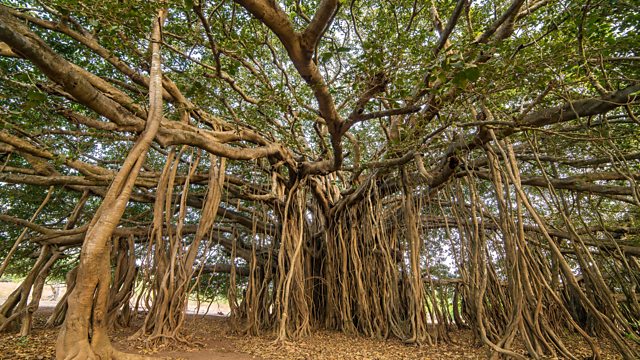
About 25 kilometers from the Indian city of Kadiri, there is a remarkable banyan tree that has earned the Guinness World Record for ‘Largest Tree’ in 1989. It’s Thimmamma Marrimanu, a banyan tree. Its massive canopy can accommodate up to 20,000 people, providing shade over nearly 5 acres, which is equivalent to about 2.5 soccer fields.
The tree’s name comes from a local legend about Thimmamma, a woman who tragically lost her husband in 1434 and committed sati, an ancient practice of self-sacrifice. Shortly after her act, the banyan tree began to grow near the site of her husband’s pyre, becoming a symbol of her devotion and sacrifice.
6. Balete tree in Maria Aurora
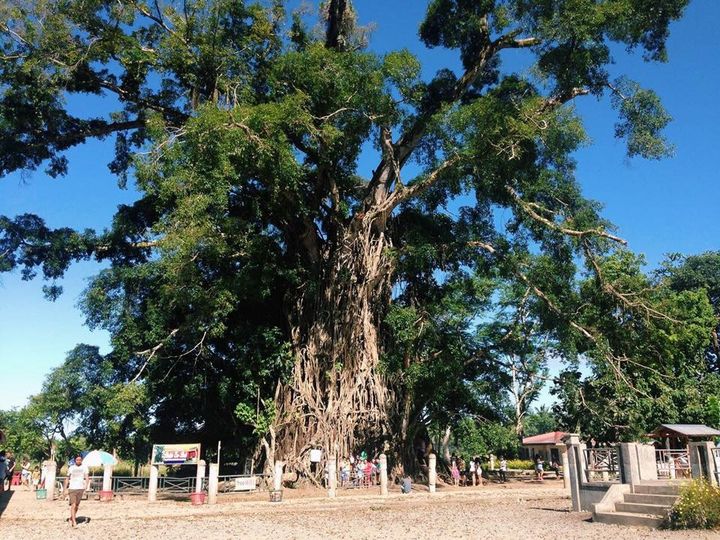
This giant balete tree is a massive tree that’s hard to measure due to its aerial roots. These roots wrap around the main trunk, making it difficult to find the exact size. The lower part of the tree looks unusual, with countless aerial roots forming a dense network.
People actually can pass between the stems of enormous aerial roots and go INSIDE the Aurora balete tree – most likely the original stem has been lost and there has formed a large hollow. The stems of the aerial roots twist and intertwine, supporting the weight of the giant tree.
Despite facing extreme typhoons, the tree’s 60 to 65-meter-tall crown, spanning 60 meters wide, has remained resilient. Local Ilongot people hold the tree in high regard, often praying here for successful hunts.
7. Sagole Baobab tree
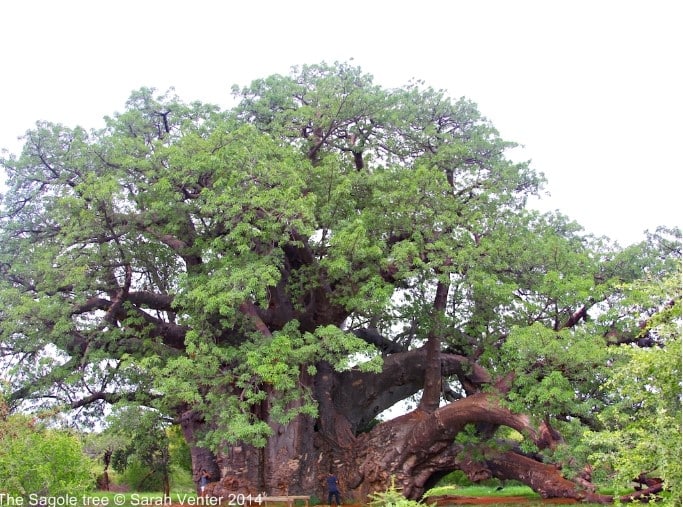
The Sagole Baobab is South Africa’s Champion tree. It’s part of a region with some of the stoutest trees in the world. The massive tree splits into several trunks near the ground but Astill looks like one tree. While its exact age isn’t known, it’s likely over 1,000 years old.
Standing at 20.5 meters tall with a crown diameter of 38.2 meters, it’s the largest of its kind. Tourists flock to see it, and it’s also home to a colony of African birds called mottled spinetails (Telacanthura ussheri).
8. Lincoln tree
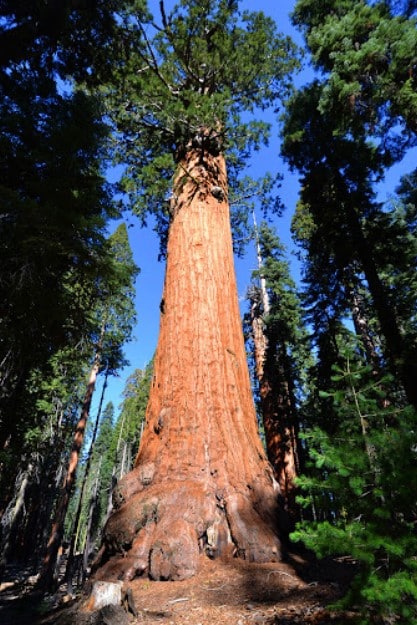
Lincoln is a massive giant sequoia in Giant Forest, Sequoia National Park, and many consider it one of the world’s largest trees.
According to Wendell Flint’s book, “To Find The Biggest Tree,” the Lincoln Tree has a volume of 44,471 cubic feet (1,259.3 m3). However, White and Pusateri’s research in Sequoia and Kings Canyon National Parks, Stanford University Press (1949) suggests it could be even bigger, with a volume of 51,000 cubic feet (1,400 m3), which would make it potentially the second largest tree globally, after the General Sherman Tree.
Standing at 256 feet tall, the tree’s base shows signs of past burns, but it still commands attention with its impressive size. Visitors can enjoy spending time under its majestic shade, marveling at its grandeur.
9. Boole tree
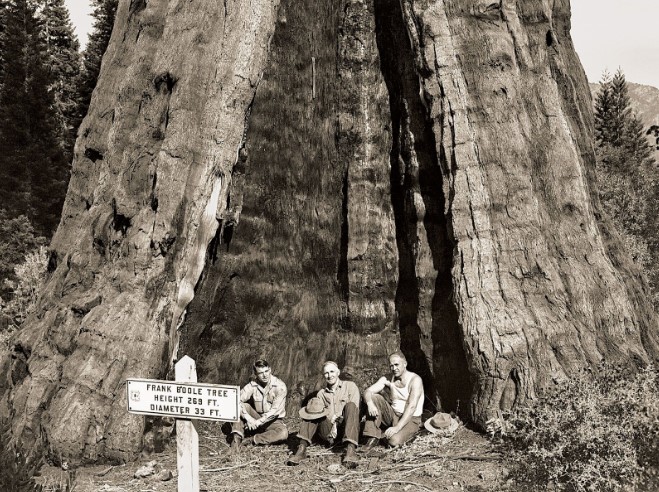
The Boole Tree, located in the Giant Sequoia National Monument in Fresno County, California, is an impressive giant sequoia. Standing 269 feet tall and with a diameter of 36 feet at the ground and 25 feet at chest height, it’s estimated to be over 2,000 years old.
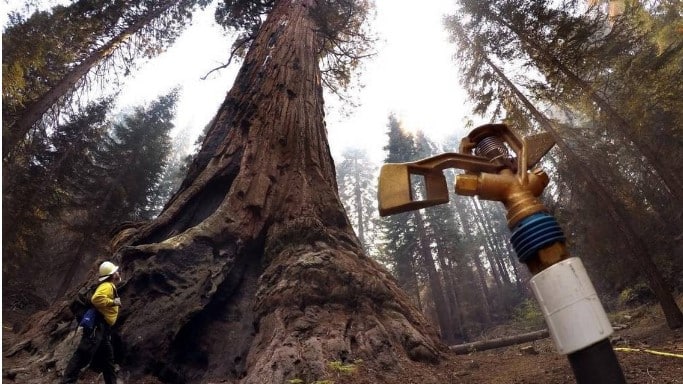
Named in 1895 by Dr. A.H. Sweeny, a Fresno doctor, after Franklin A. Boole, a logging supervisor who saved the tree because of its immense size, remains a remarkable testament to nature’s grandeur and resilience.
10. The Great Banyan

The Great Banyan, found in the Acharya Jagadish Chandra Bose Indian Botanic Garden near Kolkata, India, is a huge attraction. It’s a banyan tree, known scientifically as Ficus benghalensis, and it’s famous for its enormous size. This tree brings in more visitors than the garden’s exotic plant collection from all over the world.
This incredible tree covers an area of 4.67 acres, which is about the size of a cricket pitch. It stands at 80 feet tall with a canopy circumference of 1,594 feet, making it look like a whole forest by itself. Experts think it’s around 250 years old and has survived three cyclones, including one in 2020.
In 1925, lightning struck the Great Banyan, causing a fungal infection in the main trunk. To save the tree, part of the trunk had to be removed. The tree has unique roots called prop roots that grow out from its branches and into the ground, eventually becoming solid like trunks. Currently, it has an astonishing 3,772 aerial roots, and experts predict it will have 4,000 soon.
11. The “Scout Tree”
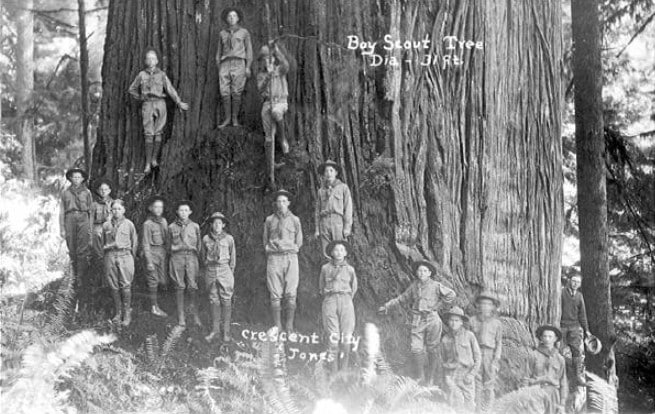
The “Scout Tree” is a giant sequoia located in Jedediah Smith Redwoods State Park, California. This impressive tree is actually a double-stem coast redwood, consisting of two fused trees.
It boasts a combined width of 23.24 feet (7.08 meters) and stands tall at 238 feet (72.54 meters). With an estimated age of 2,527 years, it is truly a majestic sight.
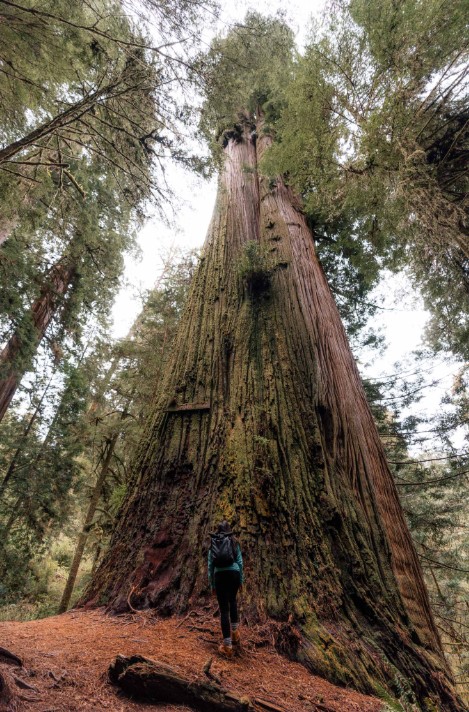
The naming of the “Scout Tree” has sparked some debate. The National Park Service states that a Boy Scout troop leader discovered the tree, hence the name.
However, other sources argue that it was named either for the Boy Scouts who marked the trail leading to it or for its supposed resemblance to a two-fingered Boy Scout salute, despite the fact that Boy Scouts typically use a three-fingered salute.

